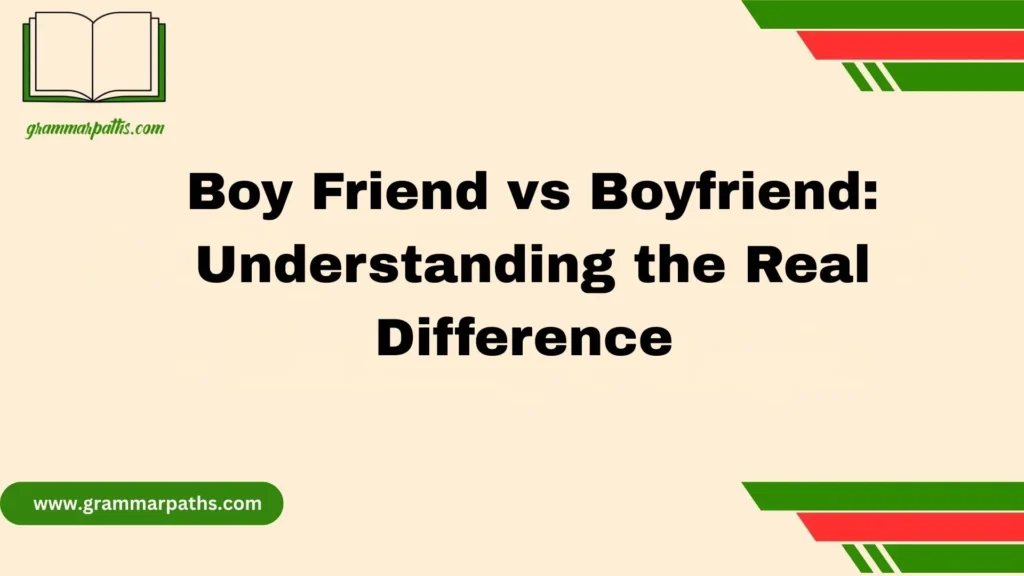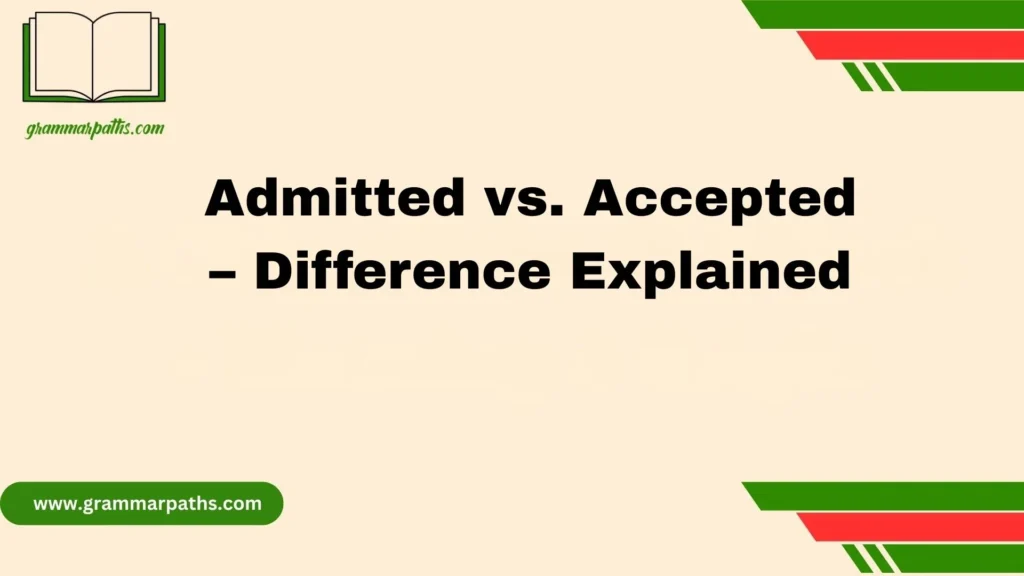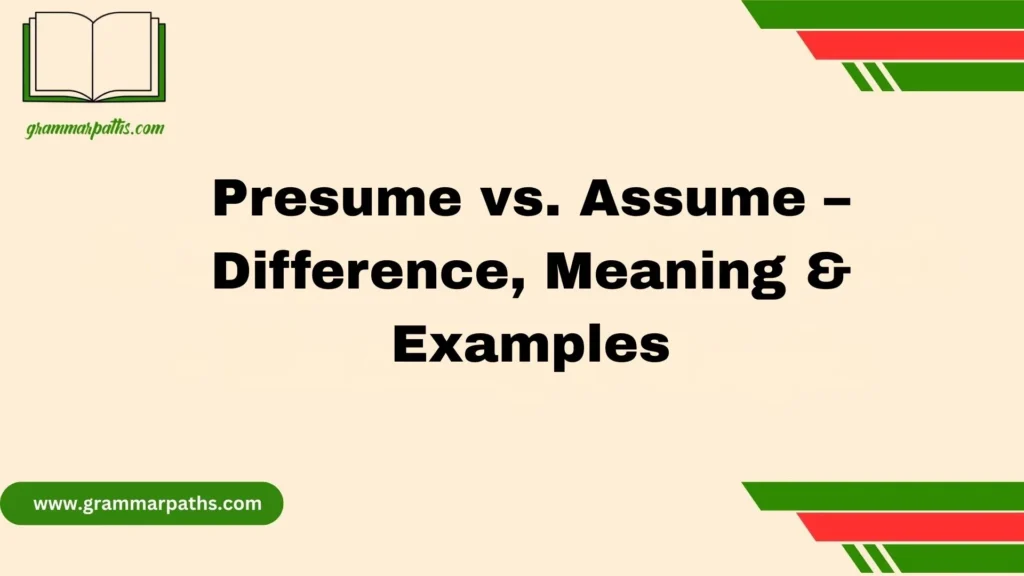Many Native English speakers and learners often confuse the forms of the irregular verb fly, especially when trying to choose between Flew and Flown. I’ve noticed in my own teaching and daily conversations that the rules of grammar and helpers like has and had can easily trip people up. The past tense form is flew, while flown is the past participle used with helping verbs. I’ve seen this mistake so many times — someone says, “I have flew,” when it should be, “I have flown.” Once you spot this small clue, you’ll easily remember the differences and feel more confidence in your language skills.
When you aim to speak and write more naturally, focus on learning the tips, tricks, and patterns that make usage smoother. My goal as a tutor is to share a guide filled with examples, visual tables, and contextual situations that help you refine your fluency. Using idioms, resources, and real communication cues makes learning easier and more fun. Over time, you’ll start refining your instinct and choosing the right word without overthinking. Grammar stops feeling like memorization and becomes an optimized skill that truly works in real life.
Introduction: Why “Flew” vs. “Flown” Confuses So Many English Learners
English learners often stumble over irregular verbs, and “fly” is a perfect example. Unlike regular verbs that just take -ed in the past tense (like walk → walked), irregular verbs change form completely.
Here’s the quick version:
- Flew is the simple past tense of fly.
- Flown is the past participle of fly.
Simple, right? But when you start forming perfect tenses or using helping verbs, things get tricky. The confusion mostly comes from when to use each word and how auxiliary verbs change the structure of a sentence.
By the end of this article, you’ll know exactly when to say “flew” and when to say “flown,” plus how to spot and avoid common mistakes that even native speakers make.
Breaking Down the Verb “Fly”
Let’s start with the basics. The verb fly means to move through the air or to travel by aircraft. But it’s also used figuratively in phrases like “time flies” or “fly under the radar.”
Verb Forms of “Fly”
| Base Form | Simple Past | Past Participle | Present Participle |
| Fly | Flew | Flown | Flying |
Fly is an irregular verb, meaning it doesn’t follow the normal pattern of adding -ed for past tense. Instead, it changes internally from fly → flew → flown.
This pattern appears in other irregular verbs too:
- Go → went → gone
- Speak → spoke → spoken
- Eat → ate → eaten
Learning these patterns helps you recognize irregular verbs faster and use them accurately.
Grammar Basics: Simple Past vs. Past Participle
To use “flew” and “flown” correctly, you need to understand two essential grammar forms: simple past and past participle.
- The simple past describes a completed action in the past.
Example: She flew to Boston yesterday. - The past participle works with auxiliary verbs (have, has, had, will have) to form perfect tenses.
Example: She has flown to Boston twice this month.
Here’s a quick summary:
| Tense Type | Example | Function |
| Simple Past | I flew to New York. | Action completed in the past |
| Past Participle | I have flown to New York. | Action completed with relevance to the present |
Think of “flew” as a solo verb that stands alone, while “flown” always needs a helper to sound complete.
“Flew” — The Simple Past Form of “Fly”
Flew is straightforward. It’s used when the action happened at a specific time in the past and is already finished. No helping verbs, no extra words—just the subject and the verb.
When to Use “Flew”
- To describe a completed action in the past.
- To talk about travel, movement, or speed in a finished timeframe.
Examples:
- I flew to Chicago last weekend.
- The bird flew out of the cage.
- They flew the drone over the lake.
Notice how in all examples, the action is complete. You wouldn’t say “I have flew” because “flew” doesn’t pair with have—that’s where “flown” comes in.
Quick Tip: If the sentence doesn’t include have, has, had, or will have, “flew” is the right choice.
“Flown” — The Past Participle of “Fly”
“Flown” works differently. You’ll never use it alone—it needs an auxiliary verb (like have, has, had, will have) to form the perfect tenses.
When to Use “Flown”
- To describe actions that happened before another event.
- To emphasize experience or completion over time.
Examples:
- I have flown across the country many times.
- She had flown before she learned to drive.
- By next year, I will have flown to all 50 states.
Grammar Insight:
- “Flown” = past participle → used in perfect tenses.
- Always paired with have, has, had, will have.
Spot the Difference: “Flew” vs. “Flown”
Here’s a quick comparison chart to lock it in:
| Aspect | Flew | Flown |
| Verb Type | Simple Past | Past Participle |
| Needs Auxiliary Verb? | No | Yes (have, has, had) |
| Example | I flew yesterday. | I have flown before. |
| Time Reference | Specific past time | Ongoing experience or completed action |
Easy Rule to Remember
If there’s a helping verb, use flown.
If there isn’t, stick with flew.
Common Errors Learners Make
Even fluent speakers slip up with these forms. Here are the top mistakes and how to fix them:
- “I have flew” → “I have flown”
- Remember, “have” always pairs with the past participle, not the simple past.
- “He has flew in a helicopter” → “He has flown in a helicopter”
- Using “flown” alone:
- “He flown yesterday.” → “He flew yesterday.”
- Overusing regular verb logic:
- Don’t add -ed: “flied” isn’t correct (unless you’re talking about baseball).
Pro Tip:
When in doubt, check for auxiliary verbs. If you see one, choose “flown.” If not, “flew” is your word.
How to Remember the Correct Form
English irregular verbs don’t always make logical sense, but patterns and memory tricks can help.
Memory Hack:
“If it flew, it’s done. If you’ve flown, you’ve done it before.”
Tips for Remembering Irregular Verbs:
- Group them by sound:
- Fly → Flew → Flown
- Grow → Grew → Grown
- Know → Knew → Known
- Practice with flashcards or sentence drills.
- Listen for usage in English movies or songs (hearing “has flown” in context reinforces correct grammar).
Example Practice Sentences:
- They have flown over the desert before.
- The bird flew away the moment I opened the window.
Perfect and Continuous Forms with “Fly”
Understanding how “fly” changes in different tenses can help you speak and write naturally.
Perfect Tenses with “Fly”
Used to express completed actions that relate to another time.
| Tense | Structure | Example |
| Present Perfect | have/has + flown | I have flown to New York. |
| Past Perfect | had + flown | She had flown before dawn. |
| Future Perfect | will have + flown | They will have flown by tomorrow. |
Each form highlights when the action occurred in relation to another time.
Continuous (Progressive) Tenses
Used for actions in progress.
| Tense | Structure | Example |
| Present Continuous | am/is/are + flying | I am flying home now. |
| Past Continuous | was/were + flying | They were flying over the city. |
| Future Continuous | will be + flying | I will be flying next week. |
Perfect Continuous Forms
These combine both ideas—continuity and completion.
| Tense | Structure | Example |
| Present Perfect Continuous | have/has been + flying | I have been flying for years. |
| Past Perfect Continuous | had been + flying | She had been flying since morning. |
| Future Perfect Continuous | will have been + flying | He will have been flying for five hours by then. |
Idioms and Expressions with “Fly”
English loves to play with the word “fly.” Here are some of the most popular idioms and what they mean:
| Idiom | Meaning | Example |
| Time flies | Time passes quickly | Time flies when you’re having fun. |
| Fly high | To be successful or proud | She’s flying high after her promotion. |
| Let fly | To release or express suddenly | He let fly a string of complaints. |
| On the fly | To do something quickly or without planning | I made that decision on the fly. |
| Fly under the radar | To avoid attention | They’re flying under the radar until launch day. |
Idioms make your language sound more natural—and fly happens to be one of the most expressive verbs in English.
Real-Life Usage and Context
Let’s look at how native speakers use “flew” and “flown” in real-world examples.
From the News:
- “The president flew to Brussels for the NATO summit.” — BBC News
- “Private jets have flown in and out of the city all week.” — The Guardian
In Pop Culture:
- “We flew over mountains that looked like clouds.” — Travel memoir
- “I’ve never flown first class before.” — Film dialogue
Notice the nuance: “flew” is used for one-time actions, while “flown” indicates experience or repetition.
Quick Reference Table: All Forms of “Fly”
| Base Form | Simple Past | Past Participle | Present Participle |
| Fly | Flew | Flown | Flying |
Memorize this chart—it’s your one-stop reminder for every form of “fly.”
Practice Section: Test Your Understanding
Try filling in the blanks below to test your grasp:
- I ______ to Miami last week.
- She has ______ in a helicopter before.
- They ______ to London yesterday.
- He has never ______ abroad.
Answers:
- Flew
- Flown
- Flew
- Flown
Practice this pattern with other verbs like go, eat, write, and see to strengthen your memory.
Summary: Key Takeaways
Here’s a simple recap to keep it clear:
- Flew = Simple Past (used without helping verbs).
- Flown = Past Participle (used with have, has, had).
- “If there’s a helper, use flown. If not, use flew.”
- Practice makes it stick—irregular verbs get easier with repetition and context.
Conclusion
Mastering the difference between Flew and Flown isn’t just about knowing grammar — it’s about developing a natural sense of how the English language works. Once you understand that flew is the past tense and flown is the past participle, your confidence will grow every time you speak or write. Keep using examples, visual guides, and contextual situations to strengthen your learning. Over time, your usage will feel more natural, your fluency will improve, and choosing the right word will become second nature. Remember, small mistakes are part of the process — every learner refines their skills through practice and curiosity.
FAQs
Q1. What’s the main difference between “Flew” and “Flown”?
A: Flew is the past tense of fly (e.g., “I flew to New York yesterday”), while flown is the past participle, used with has or had (e.g., “I have flown many times”).
Q2. Why do many English learners confuse these forms?
A: Because both come from an irregular verb, and the rules aren’t always clear from memory. Without strong grammar cues or examples, it’s easy to mix them up in conversation.
Q3. How can I remember which one to use?
A: Think of flew as a simple past action and flown as something connected to the present or past perfect (when you see has or had, use flown).
Q4. Can “flown” ever be used without a helping verb?
A: No, flown always needs a helping verb. You can’t say, “I flown yesterday.” The correct form is “I flew yesterday.”
Q5. What’s the best way to learn irregular verbs like this?
A: Use visual tables, examples, and idioms that place verbs in real situations. Over time, your instinct will improve, and you’ll stop needing to rely on memorization.

Grace Marie is the dedicated writer behind GrammarPaths.com, where she shares her passion for English grammar, idioms, and writing mastery. With a strong background in language studies and years of experience helping learners improve their communication skills, Grace creates clear, practical, and engaging content that makes English easy to understand.












